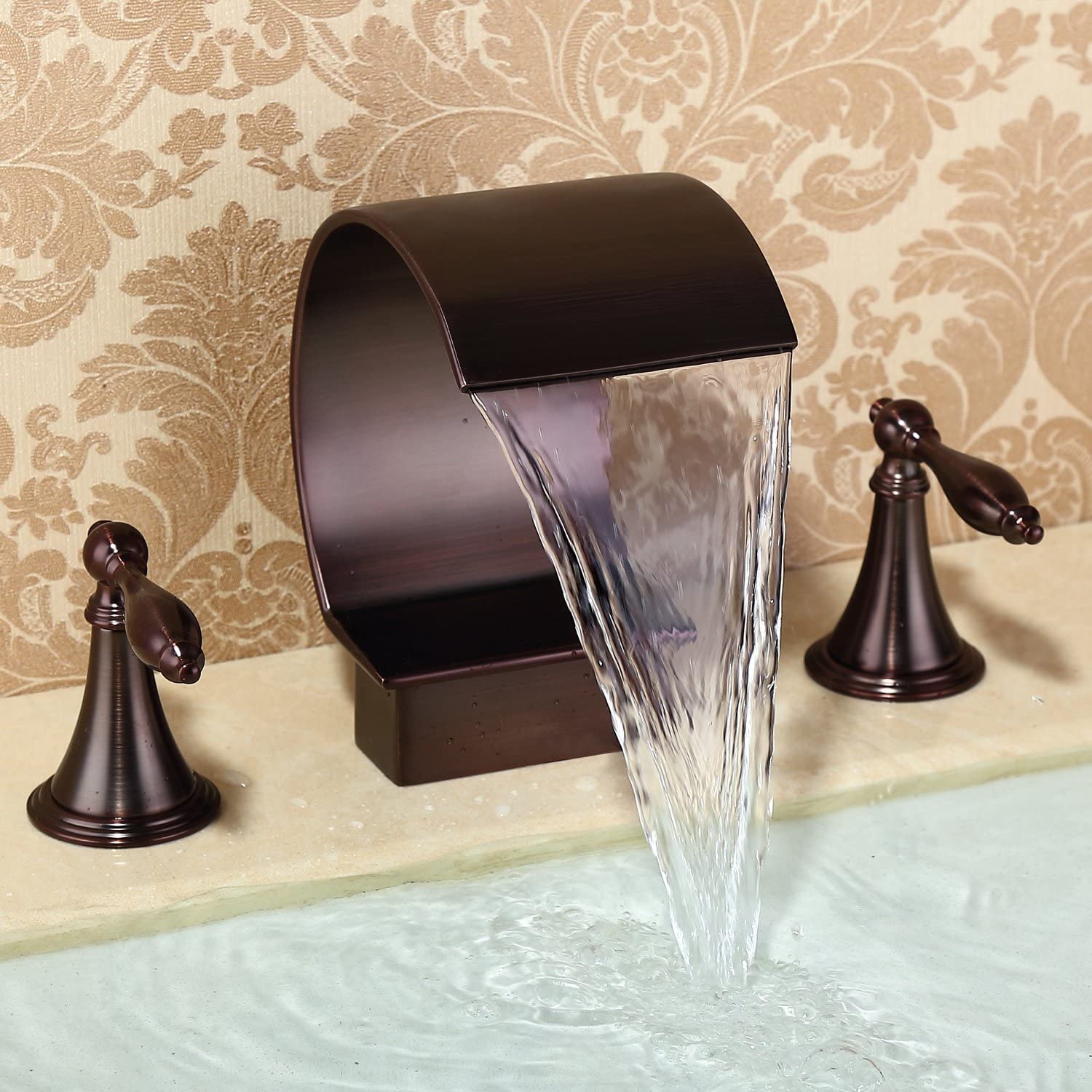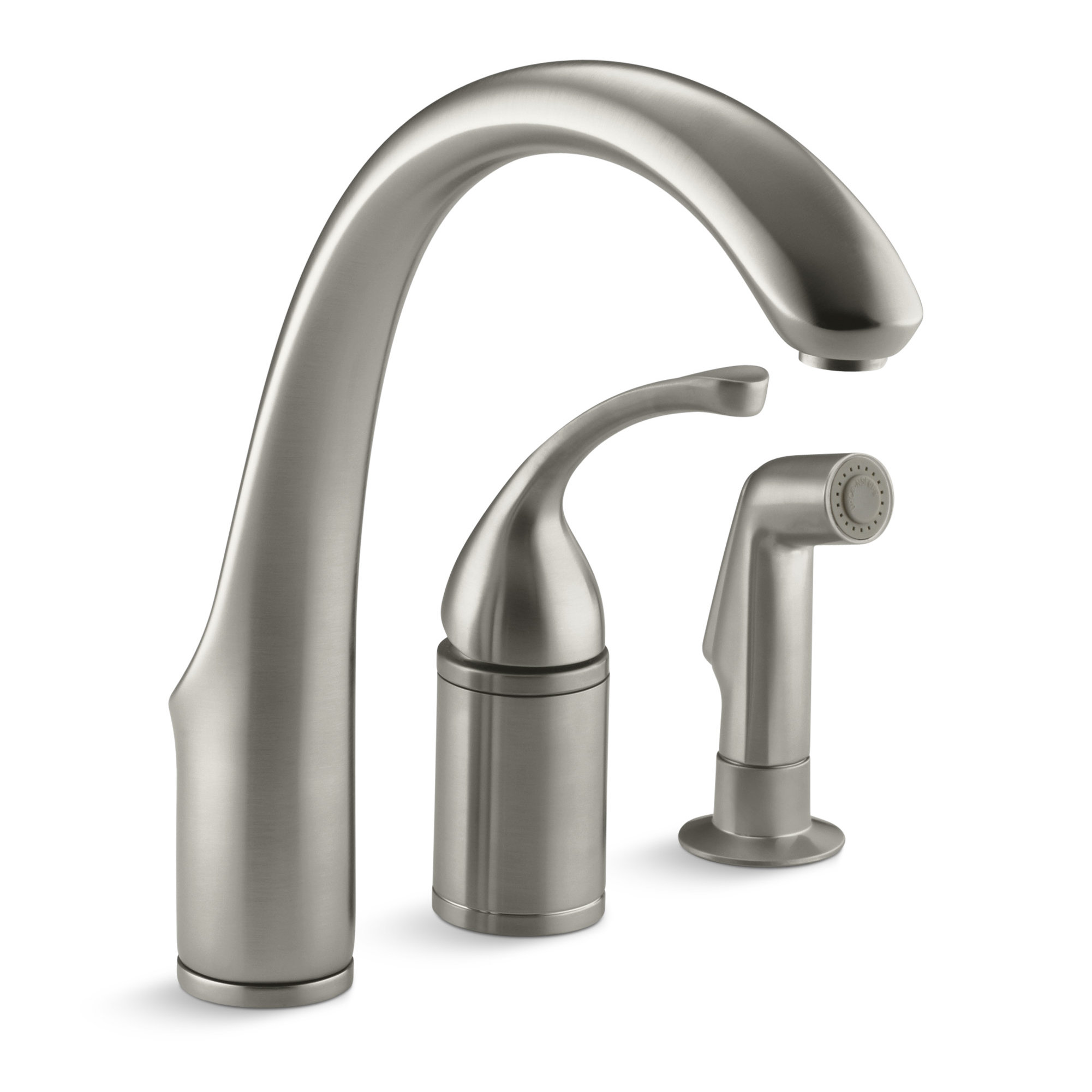Understanding 3-Hole Bathroom Taps

3-hole bathroom taps are a popular choice for their classic design and versatility. They feature a distinct three-hole installation setup, typically consisting of a central spout and two separate handles for hot and cold water control. This design allows for greater precision in temperature adjustment and offers a range of styles to complement different bathroom aesthetics.
Advantages and Disadvantages of 3-Hole Bathroom Taps
3-hole bathroom taps offer a unique combination of advantages and disadvantages compared to other tap styles.
- Advantages:
- Precise Temperature Control: Separate hot and cold handles provide precise control over water temperature, allowing for a comfortable and personalized experience.
- Classic and Elegant Design: 3-hole taps have a timeless and elegant aesthetic, often adding a touch of sophistication to bathroom decor.
- Versatility in Style: 3-hole taps come in various designs, materials, and finishes, catering to diverse preferences and bathroom styles.
- Disadvantages:
- Limited Counter Space: The three-hole installation requires a wider sink basin or countertop, potentially limiting available space.
- Installation Complexity: Installing 3-hole taps can be more complex than single-hole or wall-mounted options, requiring precise drilling and plumbing connections.
- Higher Cost: 3-hole taps often come at a higher price point compared to other tap styles, especially when considering premium materials and finishes.
Examples of 3-Hole Bathroom Tap Designs
The diversity of 3-hole bathroom tap designs caters to various preferences and bathroom styles.
- Traditional Design: These taps feature classic cross-shaped handles, often made from brass or chrome, and exude a timeless elegance. Examples include Victorian-inspired designs with intricate details and ornate finishes.
- Modern Design: Modern 3-hole taps prioritize sleek lines, minimalist aesthetics, and innovative features. They often incorporate square or rectangular handles with contemporary finishes like brushed nickel or matte black.
- Contemporary Design: Contemporary designs blend modern elements with a touch of sophistication. They may feature curved handles, unique spout shapes, and a range of finishes like polished chrome or satin brass.
Comparison of Common 3-Hole Tap Styles, 3 hole bathroom taps
The table below provides a comparison of common 3-hole tap styles based on material, finish, and price range.
| Style | Material | Finish | Price Range |
|---|---|---|---|
| Traditional | Brass, Chrome | Polished Chrome, Nickel, Antique Brass | $100 – $500 |
| Modern | Stainless Steel, Chrome | Brushed Nickel, Matte Black, Satin Brass | $150 – $700 |
| Contemporary | Brass, Chrome, Nickel | Polished Chrome, Satin Nickel, Oil-Rubbed Bronze | $200 – $1000 |
Choosing the Right 3-Hole Bathroom Tap: 3 Hole Bathroom Taps
Selecting the perfect 3-hole bathroom tap involves careful consideration of various factors. It’s not just about aesthetics; functionality, budget, and practicality all play crucial roles in making the right choice.
Style and Design
The style of your bathroom tap should complement the overall design of your bathroom. Consider the existing fixtures, color scheme, and overall theme. Do you prefer a modern, minimalist look, or a classic, traditional style? Choosing a tap that aligns with your bathroom’s aesthetic will create a cohesive and visually pleasing space.
Functionality
Functionality is crucial when choosing a 3-hole bathroom tap. Consider the following factors:
- Type of Tap: Decide between a single-lever, cross-handle, or two-handle tap based on your preference and ease of use. Single-lever taps offer simple temperature and flow control, while cross-handle and two-handle taps provide separate control for hot and cold water.
- Spout Reach: The spout reach determines how far the water flows from the tap. Consider the size of your sink and the distance between the tap and the basin. A longer spout is beneficial for larger sinks, while a shorter spout is suitable for smaller sinks.
- Flow Rate: The flow rate determines the amount of water that flows from the tap per minute. Consider the water pressure in your home and the desired flow rate for your needs. A higher flow rate can be useful for filling a bathtub quickly, while a lower flow rate can be more water-efficient.
Budget
Bathroom taps come in a wide range of prices, from budget-friendly options to high-end luxury models. Set a budget before shopping to help narrow down your choices. Remember, quality taps can last for years, so investing in a higher-quality option may be worth it in the long run.
Size and Spout Reach
The size and spout reach of your 3-hole bathroom tap should be carefully considered to ensure proper functionality and aesthetic appeal. Here are some guidelines:
- Small Sinks: For small sinks, a tap with a shorter spout and a smaller overall size is recommended. This prevents the water from splashing excessively and ensures a more balanced appearance.
- Medium-Sized Sinks: Medium-sized sinks typically require a tap with a medium-length spout and a standard size. This allows for comfortable water flow and a good balance between functionality and aesthetics.
- Large Sinks: Large sinks benefit from a tap with a longer spout and a larger overall size. This allows for efficient water flow and a visually proportionate appearance with the sink.
Water Pressure and Flow Rate
Water pressure and flow rate are crucial factors to consider when choosing a 3-hole bathroom tap. They influence the ease of use and the overall water efficiency of the tap.
- Low Water Pressure: If you have low water pressure, consider a tap with a higher flow rate to compensate. This ensures adequate water flow for everyday use. Some taps are designed specifically for low water pressure situations, so look for models with this feature.
- High Water Pressure: If you have high water pressure, you might want to consider a tap with a lower flow rate to prevent excessive water usage and potential splashing. Some taps feature built-in flow regulators to reduce water consumption while maintaining adequate water flow.
Features to Consider
Here’s a checklist of features to consider when selecting a 3-hole bathroom tap:
- Water-Saving Technology: Look for taps with water-saving features like aerators or flow restrictors to reduce water consumption without compromising performance.
- Installation Requirements: Check the installation requirements of the tap, including the size and type of mounting holes needed. Ensure that your existing sink and plumbing can accommodate the chosen tap.
- Warranty: A good warranty provides peace of mind and protects your investment. Choose a tap with a reputable manufacturer and a comprehensive warranty.
Installing and Maintaining 3-Hole Bathroom Taps

Installing a 3-hole bathroom tap can be a rewarding DIY project, allowing you to personalize your bathroom and potentially save on installation costs. This section will guide you through the process of installing and maintaining these taps, ensuring a smooth and successful experience.
Installing a 3-Hole Bathroom Tap
Installing a 3-hole bathroom tap requires a few essential tools and materials.
- Tools: Adjustable wrench, basin wrench, pipe wrench, screwdriver, tape measure, level, and a pencil.
- Materials: 3-hole bathroom tap, plumber’s tape, pipe thread sealant, washers, and nuts.
The installation process typically involves the following steps:
1. Turn off the water supply: Locate the shut-off valves for your water supply lines and turn them off.
2. Remove the old tap: Unscrew the old tap using the appropriate wrenches, carefully removing the nuts and washers.
3. Prepare the sink: Clean the sink area thoroughly, removing any debris or residue.
4. Install the new tap: Attach the tap’s base plate to the sink, ensuring it is level and aligned with the sink’s holes.
5. Connect the water supply lines: Wrap the threads of the water supply lines with plumber’s tape and thread sealant, ensuring a tight seal. Connect the supply lines to the tap’s inlets.
6. Test for leaks: Turn the water supply back on and check for any leaks at the connections. Tighten any loose connections if necessary.
7. Finalize the installation: Attach the handles to the tap and test the functionality of the hot and cold water flow.
Maintaining a 3-Hole Bathroom Tap
Regular maintenance is crucial for extending the lifespan of your 3-hole bathroom tap. Here are some essential maintenance tasks:
- Clean the tap regularly: Use a mild cleaning solution and a soft cloth to wipe down the tap, removing any dirt or mineral deposits.
- Check for leaks: Regularly inspect the tap for any leaks, especially at the connections.
- Lubricate moving parts: Apply a small amount of lubricant to the tap’s handles and moving parts to ensure smooth operation.
- Replace worn-out parts: If you notice any signs of wear or damage, such as leaking cartridges or worn-out handles, replace them promptly.
Replacing Worn-out Parts
Replacing worn-out parts, such as cartridges or handles, can be done with relative ease.
- Cartridge Replacement:
- Turn off the water supply.
- Remove the handle from the tap.
- Unscrew the cartridge using a wrench or screwdriver, depending on the type.
- Install the new cartridge, ensuring it is properly aligned.
- Reassemble the tap and turn the water supply back on.
- Handle Replacement:
- Turn off the water supply.
- Remove the old handle by unscrewing it from the tap.
- Install the new handle, ensuring it is securely attached.
- Turn the water supply back on and test the handle’s functionality.
